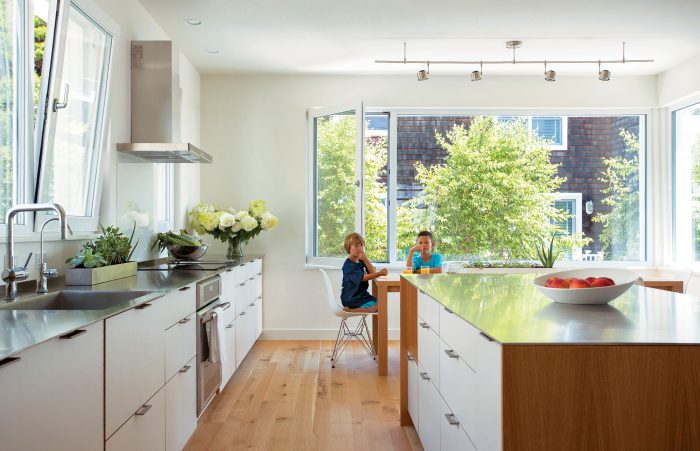This post was originally published on GreenBuildingAdvisor.com and was written by Brian Pontolilo
Volatile organic compounds are a real health risk in our homes. They don’t have to be.
Do you know what activity we spend the most time doing? The answer is sleep. According to the Wall Street Journal, we spend more time sleeping than we do working, playing, caring for family, or doing housework. How we spend our time fascinates me, but what I really wanted the answer to when I found that article was, “How much time do we spend in our homes?”
I’ve often heard that we spend 90% of our time indoors. I wanted to see if I could verify that fact, and, specifically, learn what percentage of that time is spent in our own home. It turns out that we spend 86.9% of our time in buildings and 68.7% of our time in our homes, according to a study by the National Exposure Research Laboratory and the U. S. Environmental Protection Agency (EPA). That’s a lot of time, much of it spent doing nothing but breathing in and breathing out. Needless to say, indoor air quality is a subject worthy of our attention.
For many designers and builders of high-performance homes, providing healthy indoor air quality is a non-negotiable part of the process. “This is something we pay close attention to on every project,” said Stephanie Horowitz, managing director at ZeroEnergy Design, in a recent interview. “We write it into our specification, we educate our clients about the importance of it, we make it a top priority.”
Examples of common indoor air pollutants include carbon monoxide, radon, and mold, which present a range of potential risks. Carbon monoxide can kill you quickly. That’s why carbon monoxide detectors are required by law in most areas. Radon can kill you too, albeit much more slowly than carbon monoxide. Still, installing a passive radon mitigation system is considered best practice in new homes and radon testing is…

